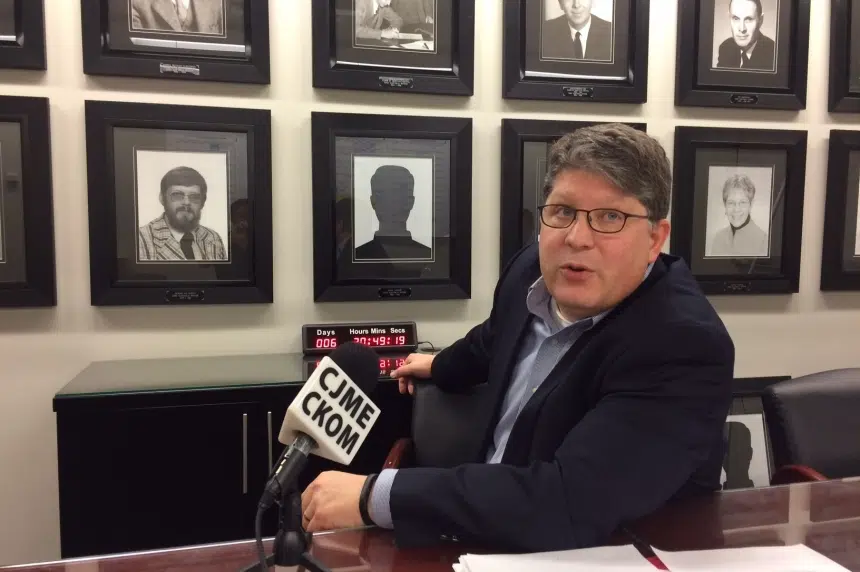Elections Saskatchewan is preparing for an election like no other.
Due to the COVID-19 pandemic, Elections Saskatchewan is anticipating more people than ever will take advantage of the many different ways to vote.
Michael Boda, the chief electoral officer for the province, said mail-in voting is seeing a large rise when compared to previous years.
“We are in the middle of a pandemic, which is making some voters – some may be immunocompromised, some may feel it is a health risk – so it is making some voters concerned about participating in person,” Boda said.
“This means that we’ve had to vastly increase the scale of our vote-by-mail capacity. During the 2016 election process, we processed about 4,000 absentee ballots. We’ve received that in applications in the last three days.”
As of Thursday morning, there had been more than 19,000 vote-by-mail applications sent to Elections Saskatchewan. Currently Boda said he and his staff are looking at as many as 50,000 applications, which is about 10 per cent of the turnout rate.
Boda said their model is preparing for about 40 per cent of voters to vote by mail, which would be around 180,000 applications.
Boda said they could not move to a 100 per cent vote-by-mail process.
“It would take us a full year to prepare for that,” Boda said.
The option to vote by mail has been around for decades and is often referred to as “absentee voting.”
If a person wants to vote by mail, Elections Saskatchewan needs to receive their application by Oct. 15. Once a person has their ballot, they have until 8 p.m. on election night – Oct. 26 – to put it into the mail.
The mail-in votes will begin to be counted two days after the election day for the first count and a final count will take place 12 days after election day.
The election was officially kicked off on Tuesday when Saskatchewan Party Leader Scott Moe asked the lieutenant-governor to dissolve the legislature and drop the writ.
The 29th general election is the largest non-wartime event in the province. There are more than 800,000 eligible voters with about 90 per cent already registered.
The election comprises 61 ridings and about 250 candidates. The number of polling locations has nearly doubled to around 1,800 stations and this means there will be about 1,000 more election workers helping out, bringing the total to about 16,000.
“Even if there are larger numbers of COVID, the chief medical health officer has assured us that we are doing the right things to make the in-person polling locations safer and so workers should feel safe in that context,” Boda said.
Legislation was changed about a year ago to allow people as young as 16 to work at the polling stations. Boda said this has led to an increase in younger people applying to help out.
“It allows students to feel that they’re a part of the process, learn about democracy and become involved,” Boda said.
There are about 760 students from around the province who have applied to work and 144 teachers have done so as well.
In order to keep people safe, Elections Saskatchewan has ordered about 800,000 masks – 400,000 for voters and 400,000 for the workers.
Voters can also get out and submit their ballots at advance polls beginning on Oct. 20 and ending on Oct. 24. There will be about 300 advanced polls, an increase from 2016.
“Which means there’s more chances for voters to physically distance from each other,” Boda said.
He said about 25 per cent of people voted in advance polls in 2016 and he expects most people to place their vote on the Oct. 26 election day.











